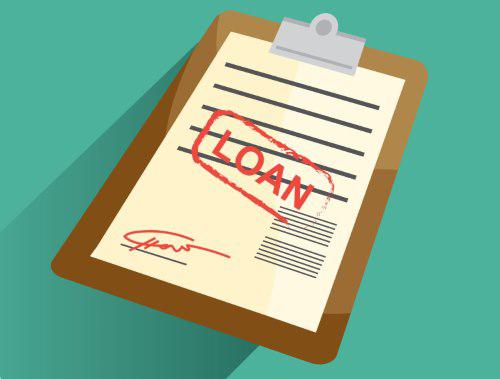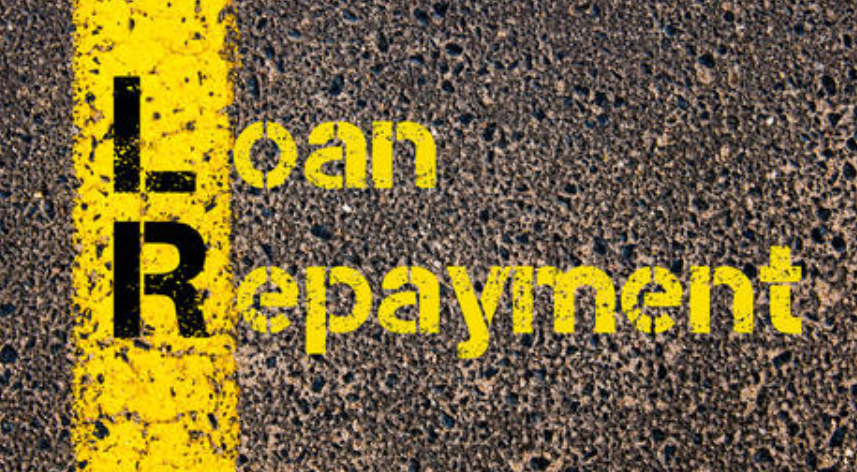Loan Payment in Different Ways
Entrusted payment by the lender refers to the transaction that the lender, after confirming that the borrower meets the withdrawal conditions stipulated in the loan contract, pays the loan funds through the borrower’s account to the borrower for the purpose agreed in the contract according to the borrower’s withdrawal application and payment entrustment object.

Entrusted Loan payment by the lender refers to the transaction that the lender, after confirming that the borrower meets the withdrawal conditions stipulated in the loan contract, pays the loan funds through the borrower’s account to the borrower for the purpose agreed in the contract according to the borrower’s withdrawal application and payment entrustment object.
Entrusted payment by the lender is the main embodiment of the principle of actual loan and actual payment. It can best reflect the core requirements of actual loan payment and is also an effective means to effectively control the use of loans and ensure the safety of loan funds. At the same time, the entrusted payment by the lender is also conducive to protecting the rights and interests of the borrower. The borrower can apply for withdrawal when the funds are needed. There is no need to pay additional loan interest because the loan funds are idle in the account, and there is no need to keep it in order to maintain the relationship with the bank. A certain loan balances. Of course, entrusted payment also requires that the borrower must honestly apply for a loan from the lender and use the loan according to the application, and can no longer use the loan funds at will.
Conditions of the lender's entrusted payment
Due to the wide range of bank loans, the size of enterprises and industries are different, there are also some differences in the customer base of various banking financial institutions, and it is difficult to apply a unified standard. The "Interim Measures for the Administration of Working Capital Loans" require that lenders should reasonably agree on the payment method of loan funds and the amount standard for entrusted payment by the lender based on the borrower's industry characteristics, business scale, management level, credit status and other factors and types of loan business. Working capital loans in one of the following situations, in principle, should adopt the lender's entrusted payment method: one is to establish a new credit business relationship with the borrower and the borrower's credit status is average; second, the payment object is clear and the single payment amount is large; The third is other circumstances identified by the lender.
At the same time, the "Interim Measures for the Management of Fixed Assets Loans" stipulate that fixed asset loans must be paid under the rigid conditions of the lender's entrusted payment: for a single amount of more than 5% of the total project investment or more than 5 million yuan of loan funds, the lender should be entrusted payment method. In practice, banking financial institutions should exercise their autonomy prudently in accordance with these regulatory requirements.
Operational points of the lender's entrusted payment
1. Clarify the information requirements that the borrower should submit
Under the entrusted payment method, in addition to requiring the borrower to provide a withdrawal notice and IOU, the banking financial institution shall also require the borrower to submit proof of loan purpose. The borrower shall submit detailed certification materials that can reflect the purpose of the funds withdrawn one by one, such as transaction contracts, goods receipts, joint visas, payment documents, etc. In addition, the borrower should also provide relevant business vouchers required for entrusted payment, such as remittance applications.
2, clear payment review requirements
(1) Loan approval status. Confirm whether this business or this withdrawal is approved by the loan. If the loan approval has not been completed, the approval progress and final result shall be tracked.
(2) Use of funds. Review whether the loan use certification materials submitted by the borrower are consistent with the use and amount agreed in the loan contract; review whether the amount listed in the withdrawal notice, IOU, and the payment object are consistent with the loan use certification materials.
(3) Whether the basic account information filled in by the borrower is complete.
(4) Other content to be reviewed.
3, improve the operation process
Banking financial institutions should formulate a complete operating system for the lender's entrusted payment, and clarify the data transfer requirements and review rules within the lending enforcement department. If the accounting department is required to issue loans and transfer funds, the requirements for data transmission between the lending execution department and the accounting department should also be standardized, and their respective responsibilities should be clarified to ensure that the loan funds are paid to the borrower in a timely manner after the loan is issued to the borrower’s account Transaction target account.
In addition, in response to problems that may be encountered in actual operations, the lender should formulate detailed operating guidelines to clarify various situations that may be encountered in the loan issuance and payment process, such as clarifying that the loan is paid due to the borrower’s transaction. If the loan is paid, the borrower shall be notified in time to repay and review; if the loan is refunded due to the lender’s own reasons after the loan is paid, the repayment shall be processed in time according to the relevant requirements for handling the wrong account.
In order to improve the enforcement of rules and regulations, and at the same time improve the efficiency of business processing, banking financial institutions should create conditions to provide technical support and guarantees for lenders' entrusted payment methods through computer systems.
4, compliant use of special loan accounts
Banking financial institutions can agree with the borrower on a special loan fund issuing account, and use the account to make payments to transaction partners that meet the contractual purpose.






